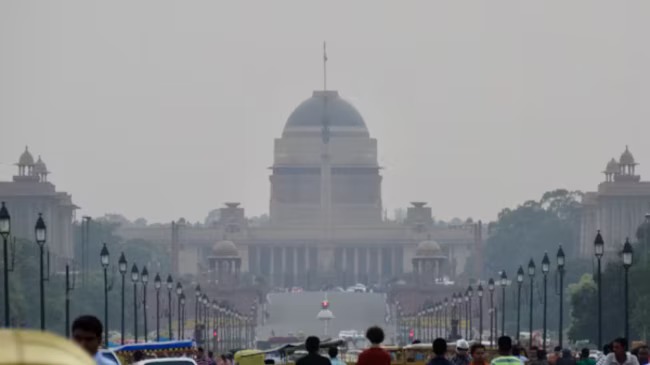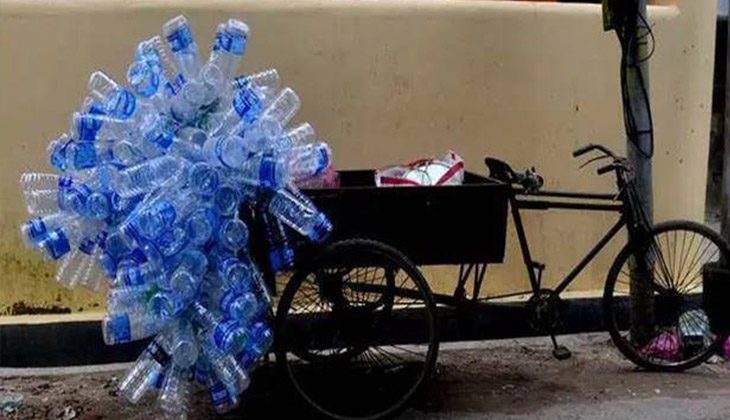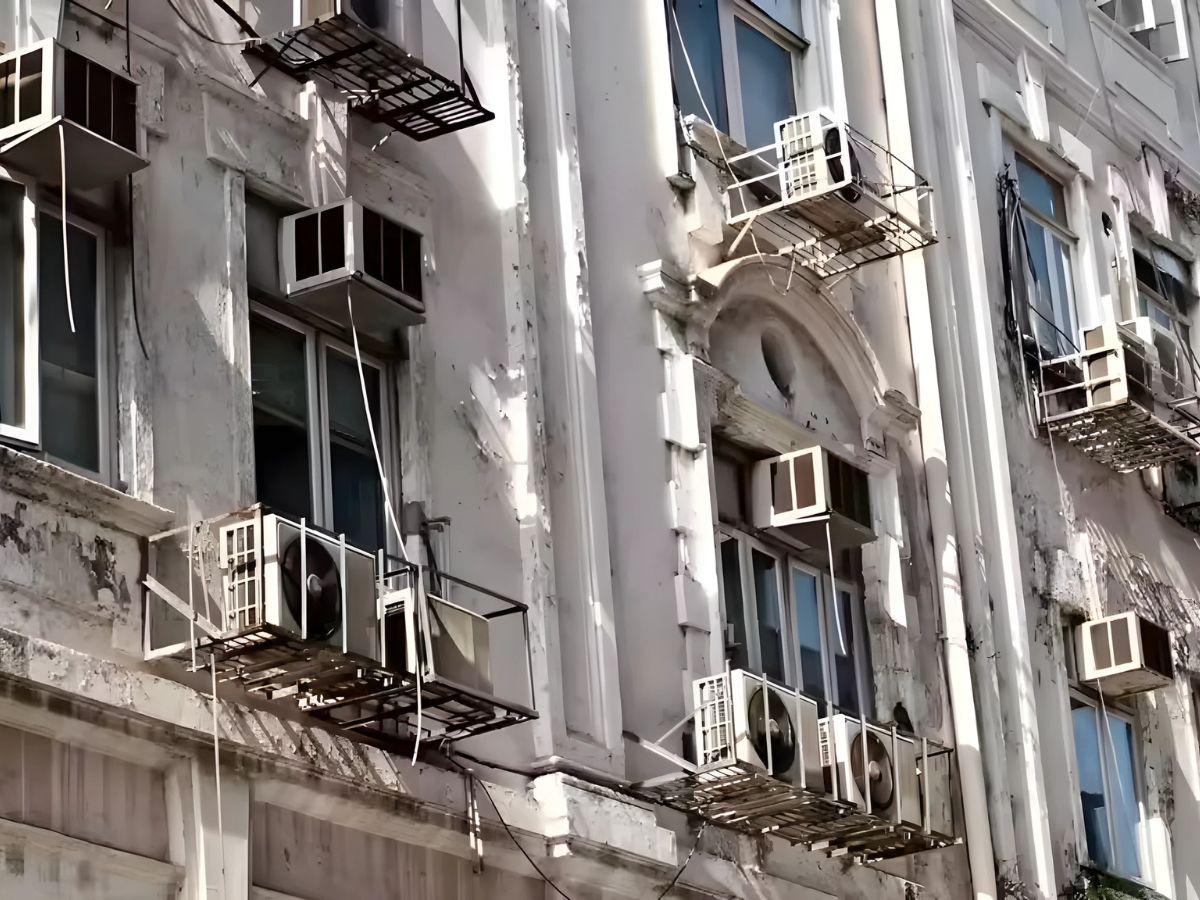Even if it had succeeded, cloud seeding would have offered Delhi only momentary relief from the toxic air. What the current crisis calls for is science-based governance
Delhi’s much-anticipated cloud seeding experiment on October 28 failed to produce the desired rainfall, despite the hope that artificial showers could wash away the thick haze choking the city. While disappointment is understandable, this outcome should not come as a surprise. It reinforces what environmental scientists have long maintained: The capital’s pollution problem cannot be dispersed with one-off, high-visibility interventions.
Each year, as autumn fades into winter, Delhi’s skyline turns into a haze of toxic grey. With air quality indices breaching hazardous levels, the pressure to act swiftly intensifies. The latest response: A pilot cloud seeding experiment, aimed to induce rainfall that can temporarily wash pollutants from the atmosphere. While the intent is understandable, it is critical to ask whether such an intervention can truly address Delhi’s deeply entrenched complex air pollution problem.
Cloud seeding is a weather modification technique that involves dispersing substances such as silver iodide or sodium chloride into clouds to encourage rainfall. It has been used in several countries, including China, the United States, and the UAE, mostly to tackle drought or enhance water availability. In India, it has been used intermittently in states such as Maharashtra and Karnataka for similar purposes.
Its use to reduce air pollution, however, remains rare and scientifically inconclusive. While rainfall can temporarily wash away suspended particulates, its effects are short-lived and depend heavily on the presence of suitable clouds, humidity, and wind conditions. Even globally, cloud seeding has offered only localised and temporary improvement in air quality.
Delhi’s pollution pattern is no longer a mystery. It’s a challenge well understood. Decades of research have consistently identified both its sources and its seasonal behaviour. Studies by IIT Delhi, TERI, and the System of Air Quality and Weather Forecasting and Research (SAFAR) have shown that air quality deteriorates sharply in October and November due to a combination of anthropogenic and meteorological factors.



